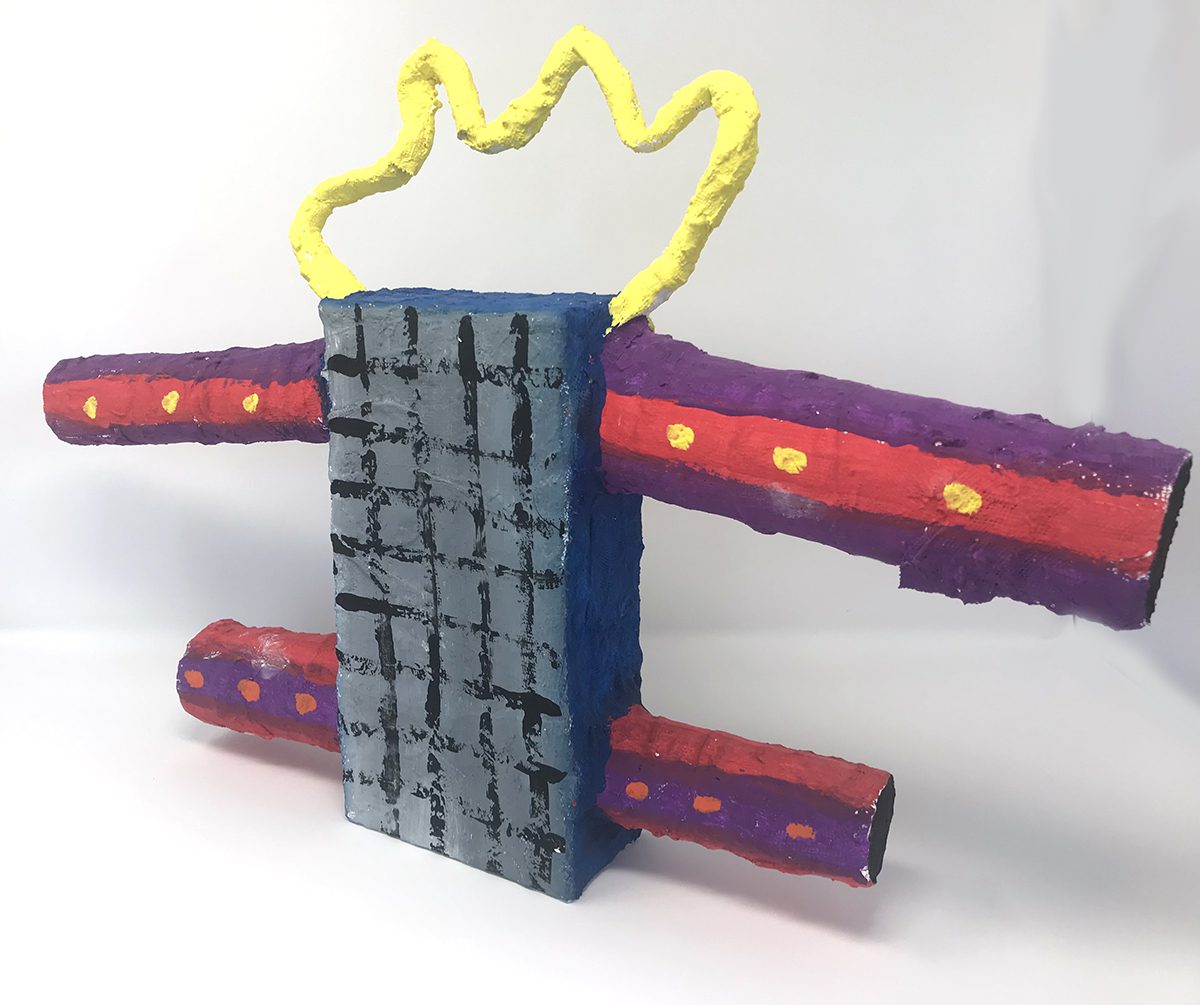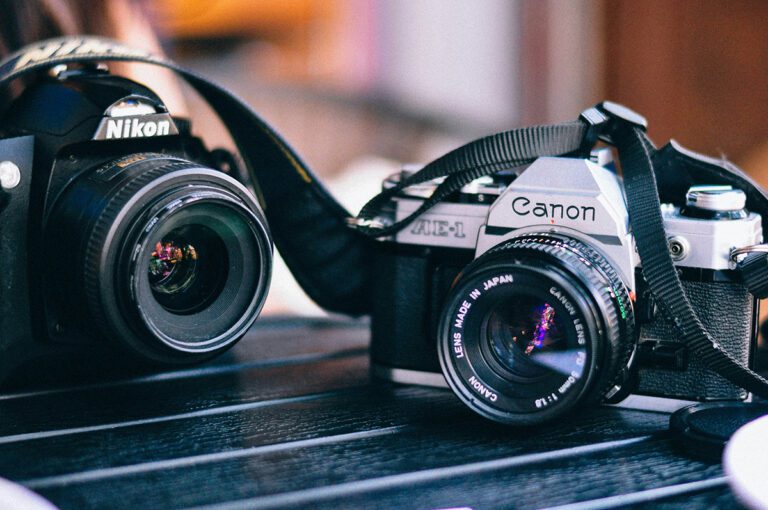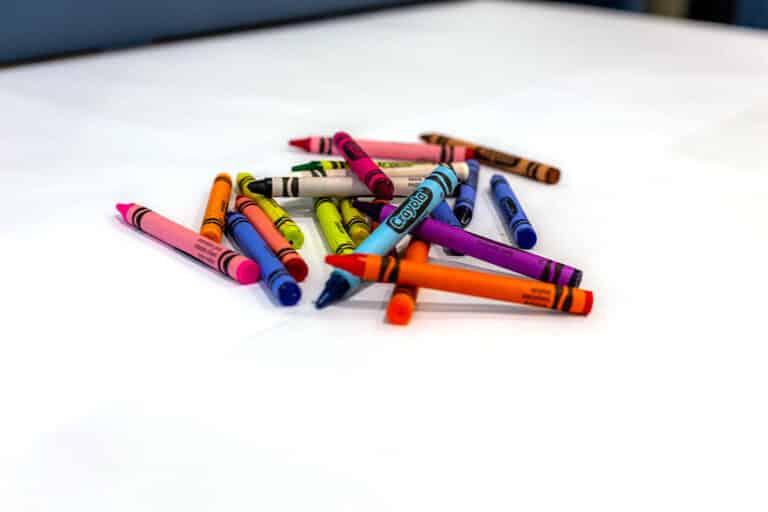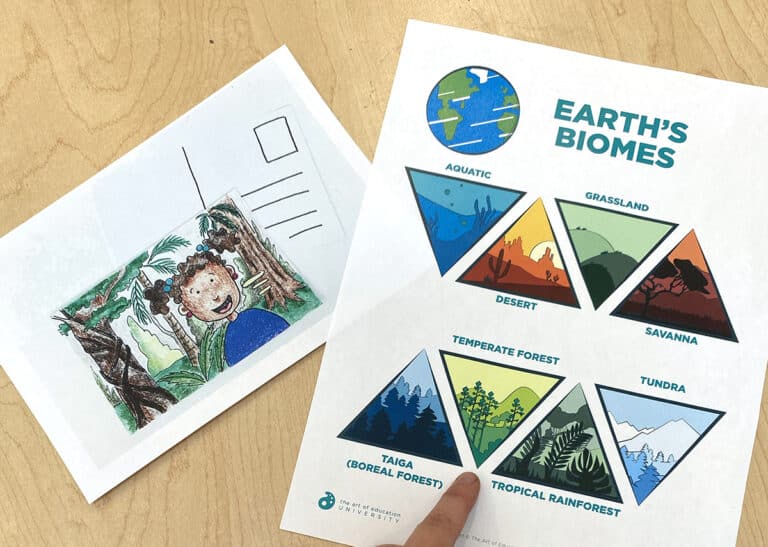Sculpture, and three-dimensional art in general, can be a fantastic art form for students to explore. This type of art-making has been around for thousands of years. In fact, some of these three-dimensional artworks are the oldest artifacts that have stood the test of time. Venus of Willendorf, Moai of Easter Island, and The Great Sphinx all survive as evidence of former humans and their creative genius. Some believe the act of artmaking and tool use led to many developments in advancing the evolution of the human brain and capacity for language.
Still, many of the greatest artworks in the world are sculptures: David, Winged Victory of Samothrace, Venus de Milo, and Cloud Gate AKA “The Bean” just to name a few. But to those with small art rooms or to those who lack storage space, you may dread the idea of teaching sculpture. The question shifts from, “What sculpture lessons would I teach?” to, “Where would I put the kids’ artworks?” If you teach 400-800 students all in one week it is likely you have had this concern.
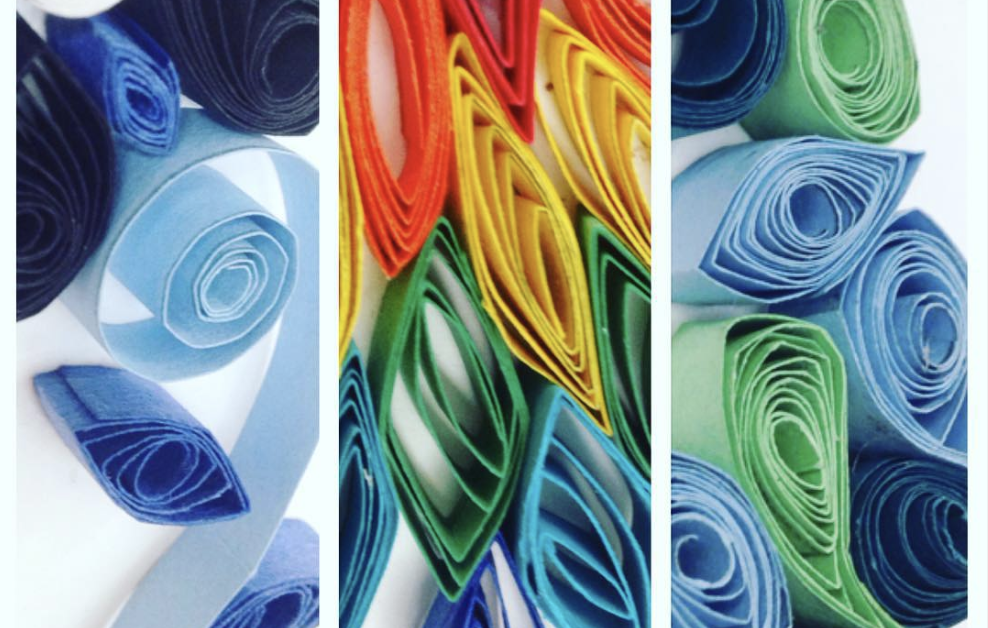
Here are five tips for surviving teaching sculpture in a small space or if you lack storage.
1. Try one-day activities.
Limiting an activity to one day means students will make it and take it that same day. There is no need to think about storage at all for this one!
2. Utilize shelving or carts.
If you do not already have a collection of shelving, carts, or a mobile storage unit, scout some out now. Getting your hands on any of the aforementioned items will help you immensely in storing multiple classes of work. Try asking your cafeteria or custodial staff if they are getting rid of anything or browse your community yard sale or buy nothing sites and groups. Check out this video for a hack to ensure your artwork doesn’t fall through your shelves and this video for a fun way to repurpose a book cart.
3. Store flat.
Try projects that you can fold or stack and store flat in a tray, cubby, or folder to save you space. Origami, paper masks, and cardboard reliefs are all great options for this.
4. Clear out a temporary space.
Clear out a shelving section of books, supplies, or other items to make an interim storage space until your sculpture unit is done.
5. Construct collaborative sculptures.
Group sculpture projects will cut down on storage space. For example, if students are in groups of four and you have 500 students, that is 125 projects, as opposed to 500 individual ones.
Here are five sculpture ideas for you to try in your art classroom.
Now that you have some tips to create and maximize storage, let’s look at innovative sculpture ideas you can teach this year. Each of these projects can hit the National Core Arts Standards below, depending on how you adapt them for your students.
NCAS:
- VA:Cr1.1.3a Elaborate on an imaginative idea.
- VA:Cr1.2.3a Apply knowledge of available resources, tools, and technologies to investigate personal ideas through the art-making process.
- VA:Cr1.1.4a Brainstorm multiple approaches to a creative art or design problem.
- VA:Cr2.1.4a Explore and invent art-making techniques and approaches.
- VA:Cr1.1.5a Combine ideas to generate an innovative idea for art-making.
- VA:Cr1.2.5a Identify and demonstrate diverse methods of artistic investigation to choose an approach for beginning a work of art.
For sculpture lessons aligned to all 50 states’ visual art standards, including NCAS, FLEX Curriculum has you covered. FLEX includes thousands of lesson plans, resources, videos, assessments, and artist bios. Filter and search so you can find exactly what you need. To find out how to get your district or school to provide FLEX, fill out this quick contact form.
Try out these FLEX Lessons for sculptures your students will have a blast making:
- Beginner: Wire Face Relief Sculpture
- Intermediate: Middle School Morph
- Advanced: Cardboard Animals
All of these lessons and more can be found in FLEX Curriculum.
1. Cereal Box Challenge
Have students grab a cereal box and create something out of it. The activity requirements and outcomes have endless possibilities. It can be suited for many approaches such as discovery-based, choice-based, and teacher-guided. Some fun suggested mediums can be plaster, paper mache, or construction paper. Ideas for the subject matter can include robots, inventions, buildings, or architecture.
Steps:
- Students bring in one cereal box or you can provide one for them.
- Lay out the chosen materials for the lesson.
- Students create sculptures with the available materials within a designated time frame.
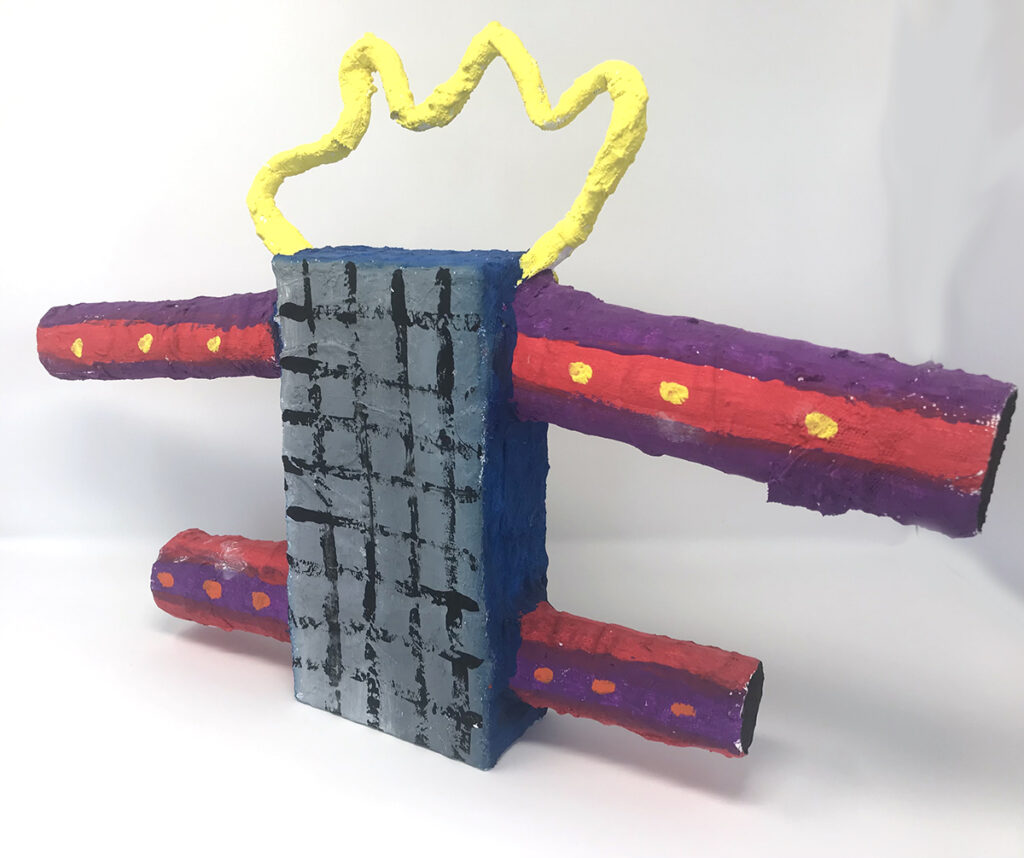
2. Paper Quilling
This interesting technique involves rolling up thin strips of paper to create different forms or images. It has origins dating all the way back to 15th century Europe as a way to save money on the cost of art creations. This artmaking process tapered off in the 1800s but seems to be making a comeback. The materials needed for this project are assorted colors of construction paper, scissors, glue, and pencils. A paper cutter or rulers are optional depending on how straight or technical you would like to get with the quills.
Steps:
- Pre-cut assorted strips of paper or have students cut their own. The thinner the strips, the more intricate the design. Completed pieces look best when all the strips are the same width.
- Students roll the strips into coils using fingers, pencils, or even the ends of markers.
- Students arrange the strips or quills to create a shape or form of their choice. Pinch parts of the coil to make points or corners. For instance, one pinched corner will turn the round coil into a teardrop.
- Students dip the paper into a shallow dish of glue and attach it to a base paper or board.
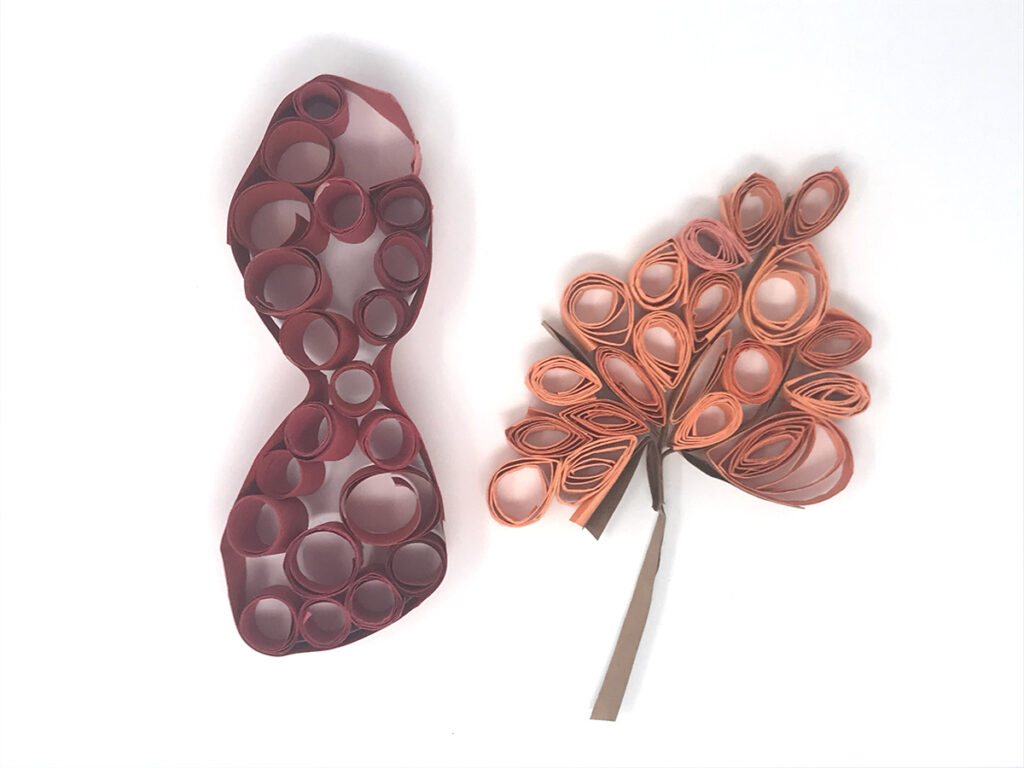
3. Mobiles
Artist Joan Miró practically made an entire art career out of building mobiles. They are simple, fun, and do not take up much space, making them a great choice for a sculpture project. You can use several materials for the mobile base including wire, pipe cleaners, or even a coat hanger. You might also consider using assorted construction paper, scissors, string, a hole punch, and coloring supplies.
Steps:
- Students create the base. If students use wire or pipe cleaners, bend or twist them into their desired shape. If using a wire hanger you are good to go, unless you would like to cover it with paper.
- Students draw and cut shapes or images out of colored construction paper.
- Students color or decorate each piece.
- Students punch a hole in each piece.
- Students cut and tie a string to the shape or image and attach the other end to the base of the mobile.
- Send home for artists to hang up and enjoy!
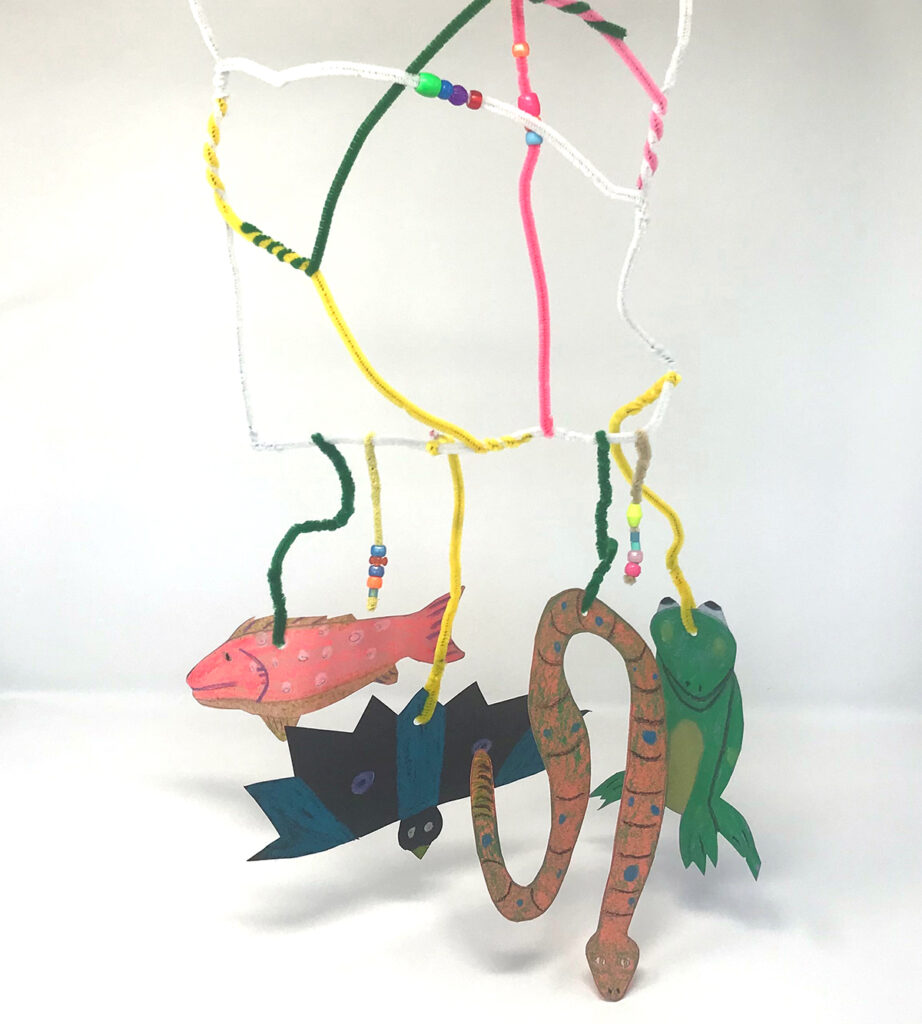
4. Foil
Foil is not just for leftovers! Foil can be a great material for sculpture creations. It is fairly inexpensive, comes in large rolls, and is extremely malleable. This makes it a perfect medium for large class sizes or younger grades.
Steps:
- Tear off sheets of aluminum foil in advance to save time.
- Provide a theme to inspire creations or keep it open-ended.
- Students bend, twist, and even rip their foil to make a sculpture.
- Glue sculptures to a base of scrap wood or tagboard, or create a base using more foil!
- Optional: Add a quick wash of India Ink to create an aged look.
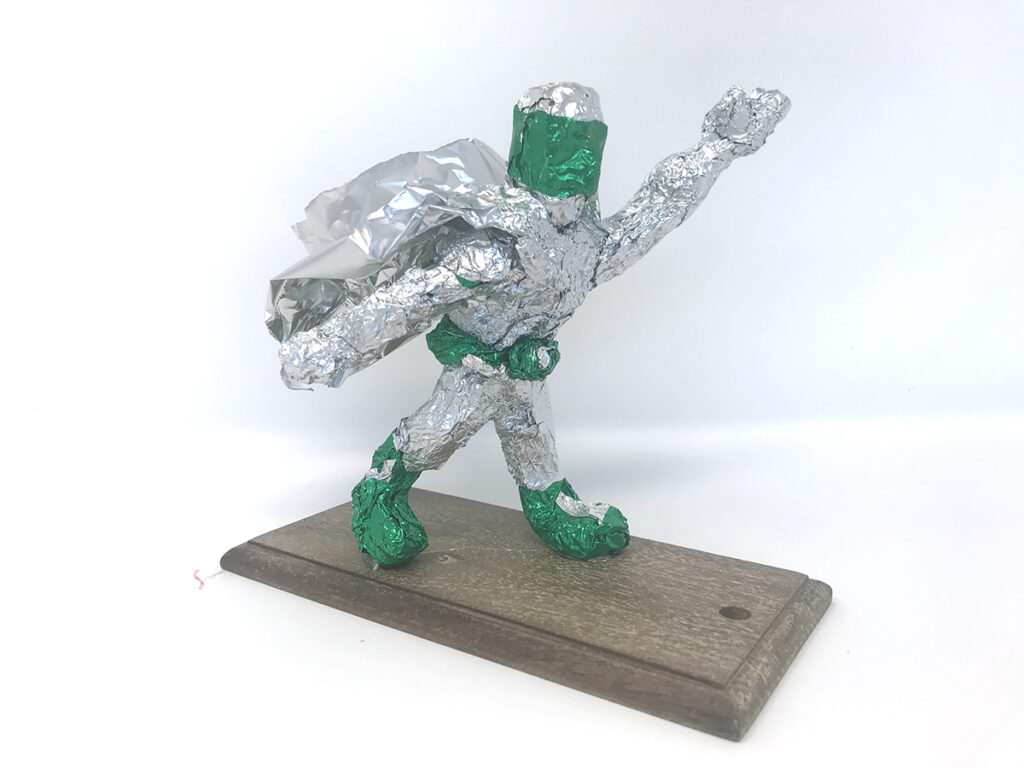
5. Wire
Much like foil, wire can be bent or twisted into beautiful shapes. However, it can have a looser, more dynamic feel than the foil. The only drawback of using this material is finding enough wire cutters and pliers to fit the budget. It is worth a shot to call a big box or local hardware store for scrap wire ends they are willing to donate.
Steps:
- Cut strands of wire in advance to save time.
- Review safety procedures if allowing students to use wire cutters and pliers.
- Provide a theme or keep the assignment open-ended.
- Students bend and twist the wire to make their creations.
- Leave the art as is or add a base like the foil sculptures above.
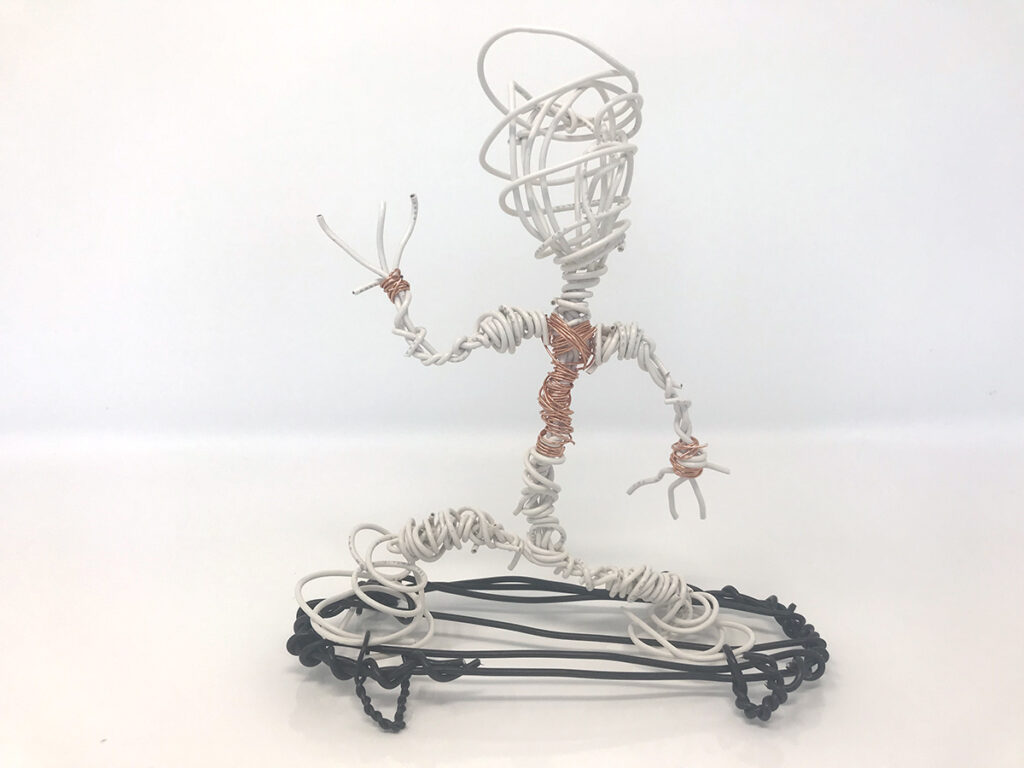
There is a lot to enjoy in creating and viewing three-dimensional artwork. Do not let the idea of teaching in a small space or having a lack of storage deter you from getting your classes involved in sculptural art forms. Working in three dimensions prepares students for the thinking needed in many careers such as engineering, automation, carpentry, and more. It can also enhance students’ two-dimensional drawing and painting practices. Sculpture is a good way to teach a variety of mediums and skills throughout the year and connect young artists to something they may love. Who knows? You may find out you have the next Frank Llyod Wright in your class!
National Core Arts Standards (2015) National Coalition for Core Arts Standards. Rights Administered by the State Education Agency Directors of Arts Education. Dover, DE, www.nationalartsstandards.org all rights reserved.
NCAS does not endorse or promote any goods or services offered by the Art of Education University.
Which sculpture ideas will you try this year?
Share your best 3D art storage hacks!
Magazine articles and podcasts are opinions of professional education contributors and do not necessarily represent the position of the Art of Education University (AOEU) or its academic offerings. Contributors use terms in the way they are most often talked about in the scope of their educational experiences.
